Have you ever had that actually forget something simple? And generally forgotten it was in the form like a formula. For example, the formula to convert temperature unit of degrees Celsius to degrees Fahrenheit. Generally we use the formula:
{(9/5) * x + 32 ° F}
Where “x” is the temperature in Deg C
So as to know how to calculate ° F of the temperature of 50 ° C, if using the above formula to
{(9/5) * x + 32 ° F} = {(9/5) * 50 ° F} + 32 = 122 ° F
Easy enough right? Yes, if we memorized formula. The problem is if we completely forgot the formula.
The calculation of input-output relationships of transmitter
Something similar may happen when we’re doing calibration, like a pressure transmitter. For example, with an input pressure of 0-300 PSI and 4-20mA output.
If we use the method of 5-point calibration (0%, 25%, 50%, 75% and 100%), it may be quite easy for us, it should be how we put pressure on the transmitter at the time of testing at 50% (12mA). But it is different if we verify the pressure transmitter is already on-line with different process value.
For example, we find the pressure on the input side of the transmitter is 235 PSI, then what is the pressure transmitter output signal?
Back to the issue of conversion of temperature. If we forget the formula, we can actually do the conversion without having memorized the formula, the condition we know the upper limit and lower limit for the second unit. Then, using the equation of general comparison, we can create their own respective formula.
We know that the units Celsius has a measuring range (measuring scale for the calculation) between 0-100 ° C and Fahrenheit 32-212 ° F. So if asked, 50 ° C was how ° F, then:
See calculation above, it may be longer than we memorize the formula, here we do not try to memorize formulas, but understand the concept, because the first formula above were true simplification of calculations a second.
The concept of how it mean? This calculation is a calculation of comparison, to compare two different scales.
Let’s agree that:
x ° C = value ° C
C min = minimum scale ° C = 0 ° C
C max = maximum scale ° C = 100 ° C
x ° F = value ° F
F min = minimum scale ° F = 32 ° F
F max maximum scale ° F = 212 ° F
thus:
Using the above equation:
This applies to calculate the output of a transmitter at the time of a particular input. For example, as the above example, we have a pressure transmitter with 0-300 PSI pressure input range and output 4-20mA.
Let’s agree:
x in = value transmitter input (235PSI)
In min = scale of minimum input transmitter = 0PSI
In max = maximum scale transmitter input = 300PSI
x out = transmitter output value (mA)
Out min = minimum scale transmitter output = 4mA
Out max = maximum scale = 20mA transmitter output
With reference to the equation of comparison, the value of 235PSI input transmitter can be calculated:
By understanding the concept of the above, we can make a generic equation for the relation between the input and output of a transmitter as follows:
Where:
x dit = value in question (want to know)
dit min = minimum scale range in question
dit max = maximum scale range in question = 300PSI
x dik = value unknown
dik min = minimum scale of a range of known
dik max = maximum scale of the known range
Example:
A temperature transmitter with an input range +50 to 200 ° F and output range is 4-20mA. what is the output if input temperature is 61 ° F:
dit min = 4
dit max = 20
x dik = 61
dik min = 50
dik max = 200
Then:
Thus, the input temperature of 61 ° F, the transmitter output is 5.1737 mA
Thus, a generic formula for calculating the relationship of input and output transmitter or vice versa, can use:
A temperature transmitter with input range -25 to 100 ° C and output 4-20mA range, Transmitter output is 17.5 mA, and find out temperature reading ?
Try to calculate the answer using above method:
Share your comments
Articles You May Like :
Percentage to Process Variable
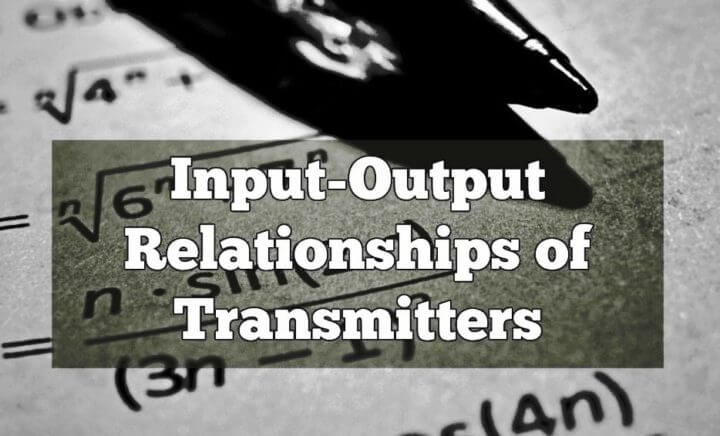
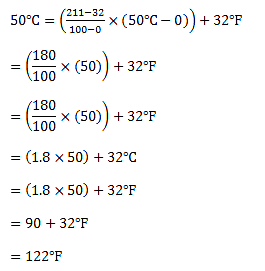
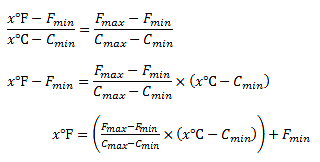
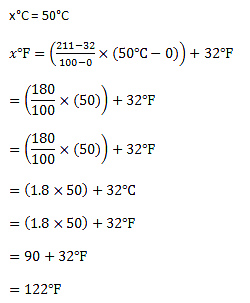
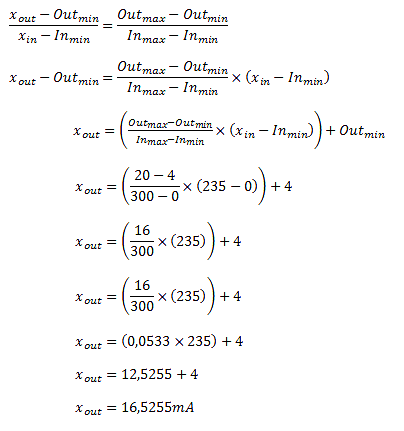

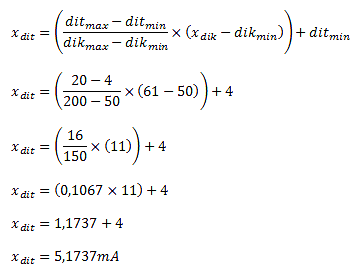
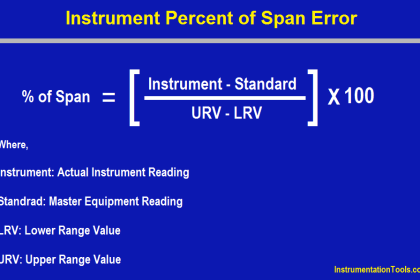
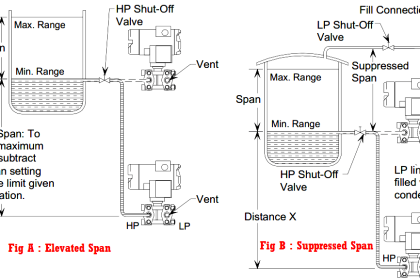
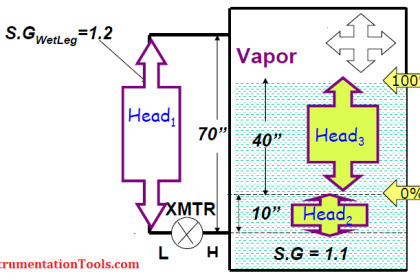
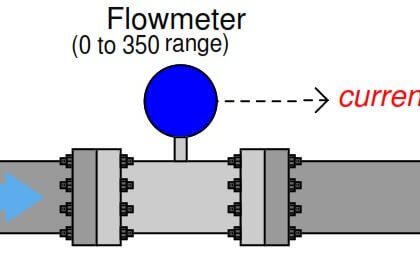
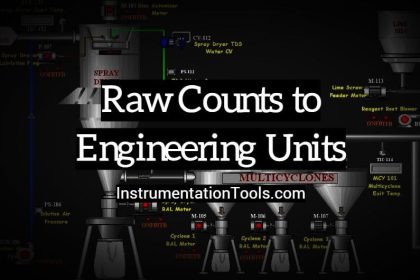
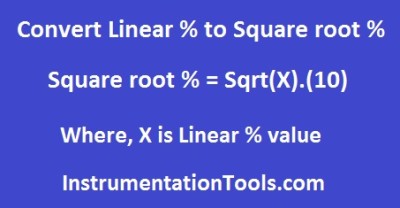

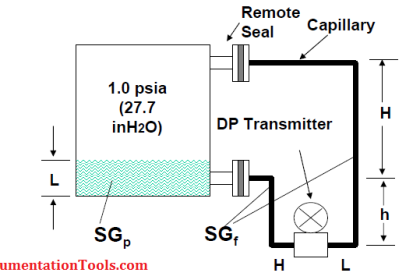

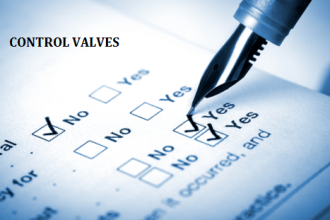

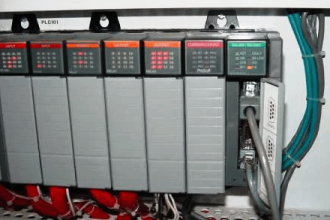

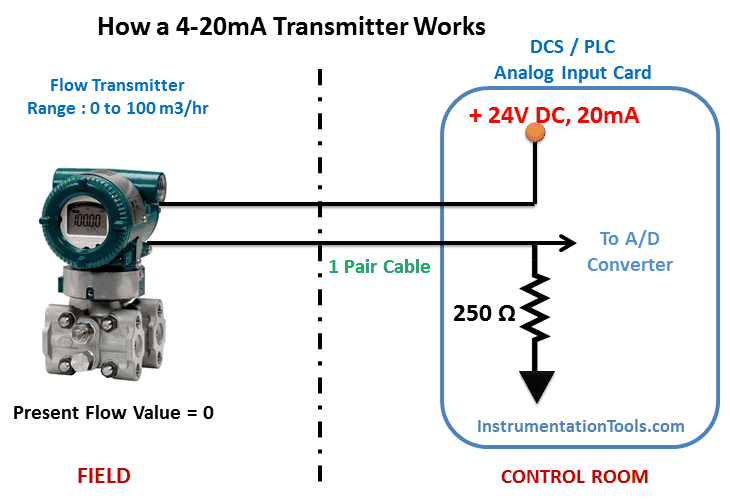

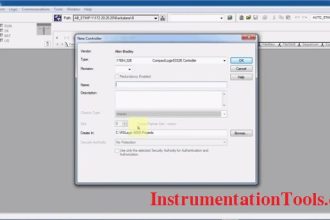

Was very useful. Can’t believe how we think of simple things as complicated ones. Thanks.
Thanks sir , you are great !!! your informations are powerfull.
Please explain how to calibrate FF temperature and pressure transmitter using field communicator
Thank u sir.
may I know what is the answer sir?
I get 80.47 deg C, is it true?
Yes, Correct. You can try online Inst Cal for cross checking. Click Here.